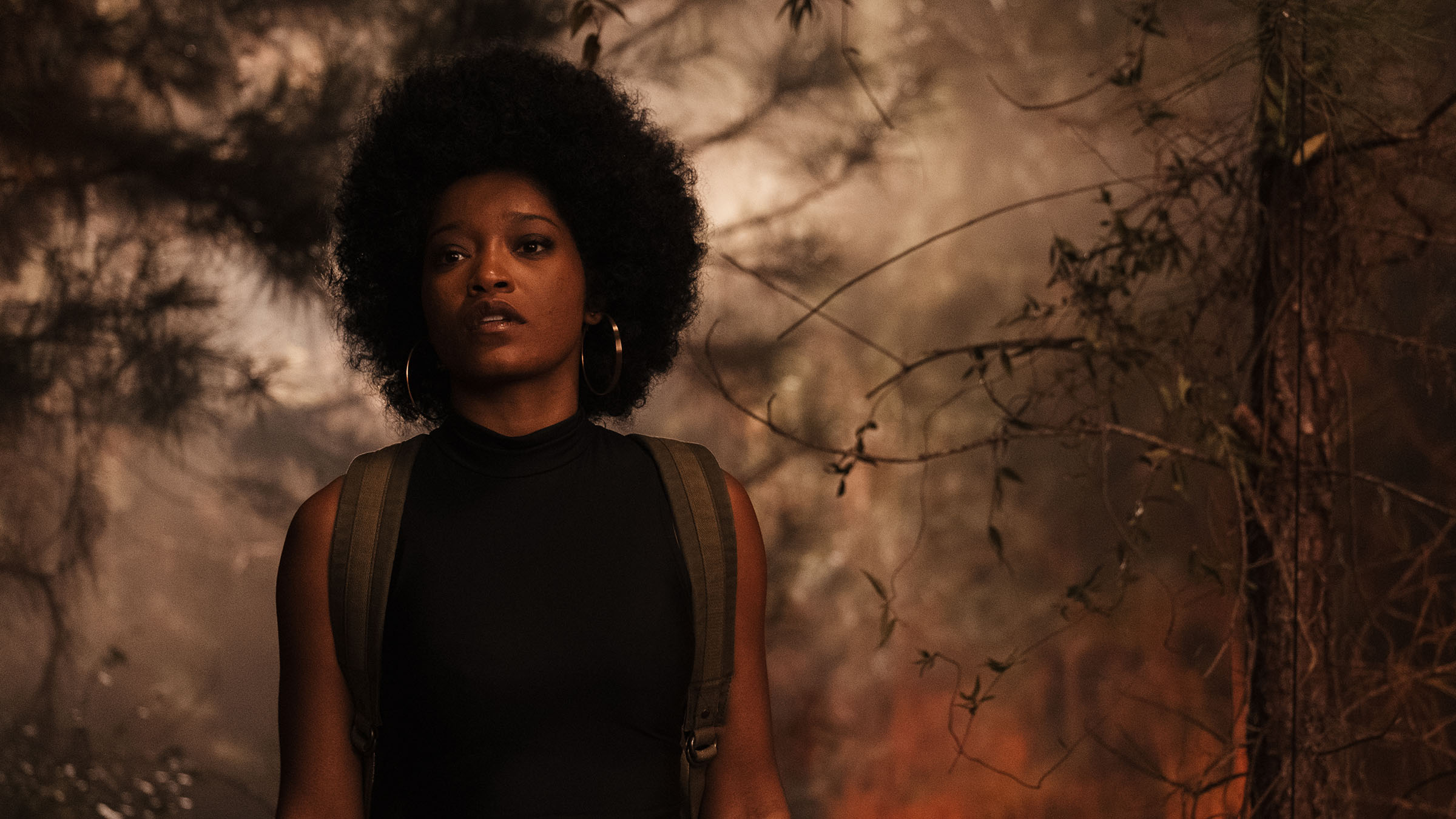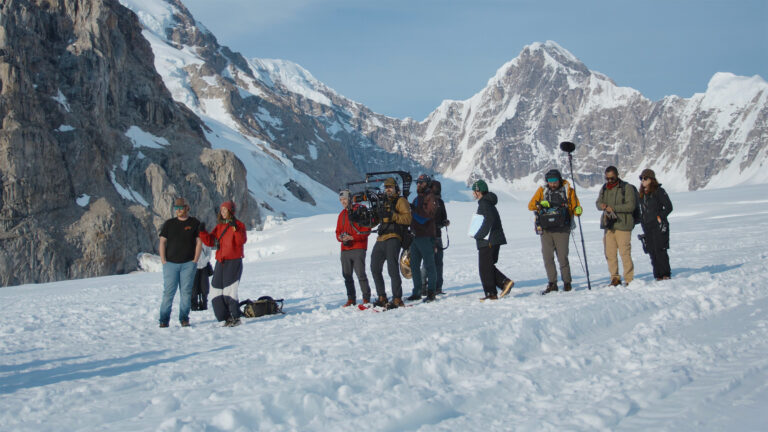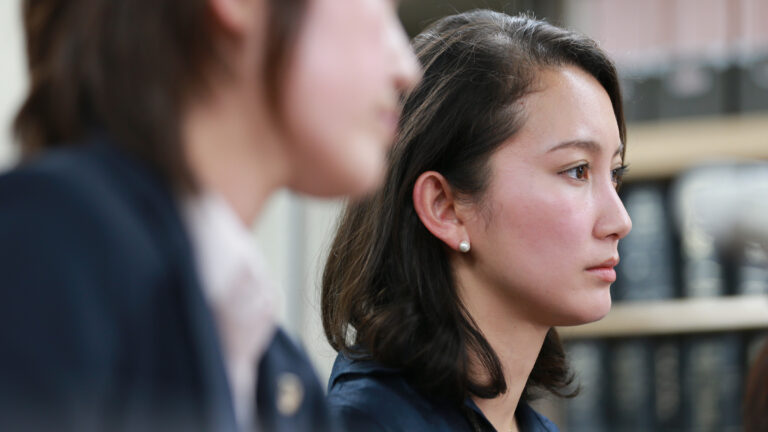There’s never a wrong time to focus on art that addresses racial inequality.
But especially during Black History Month, when a motion picture tackles antebellum South slavery and the Civil Rights movement, it’s definitely the right time to examine what’s changed—and what hasn’t—both socially and artistically.
In this installment of Made in Frame, we were lucky enough to speak with the producer and editor of Alice, which premiered at the 2022 Sundance Film Festival. Part history lesson, part fairytale, part call to action, director Krystin Ver Linden has created a film that serves as its own kind of metaphor with Black women defining themselves on their own terms—on the screen and in real life.
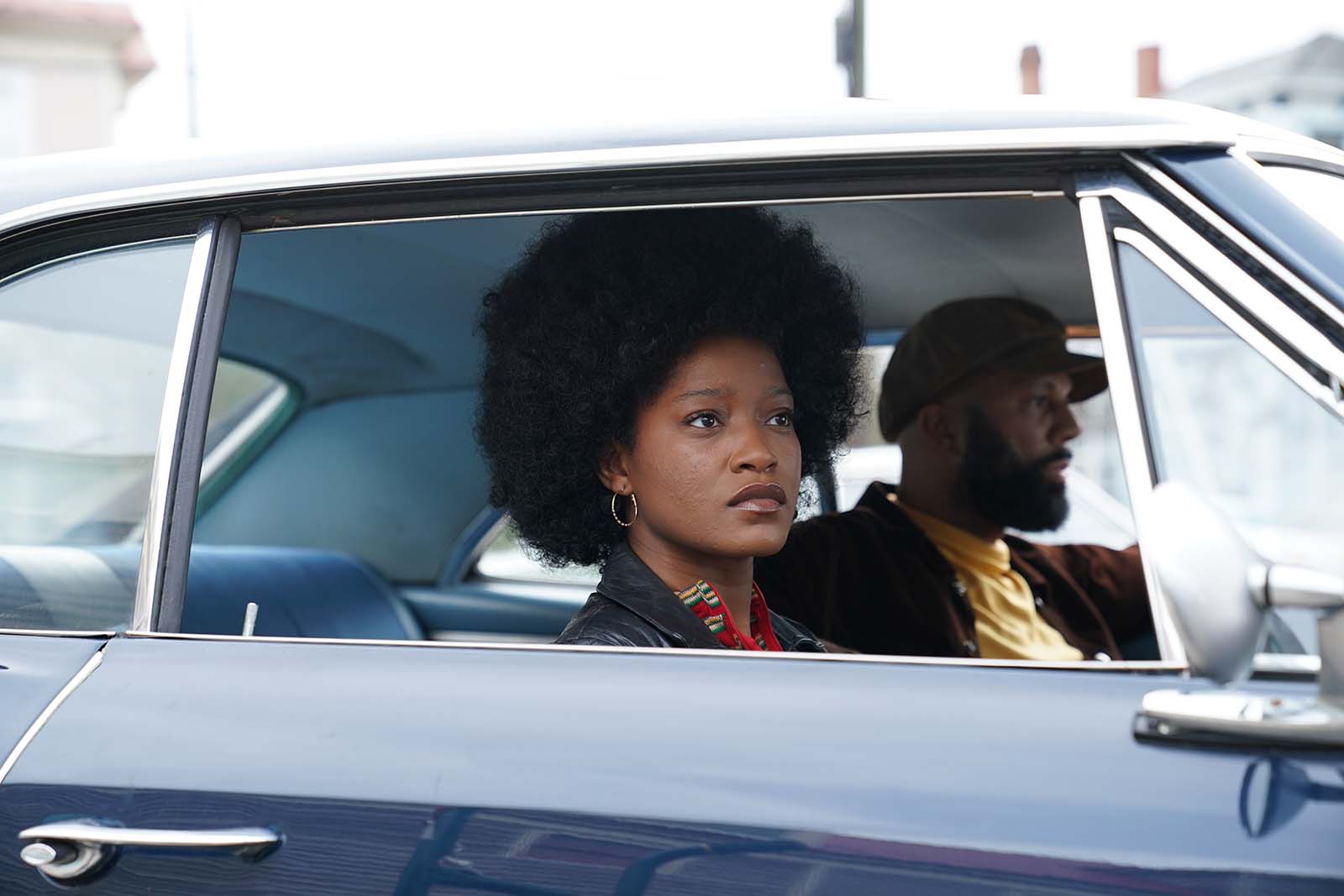
A first-time director
Anyone who’s ever worked in the industry knows that getting to direct a first film requires a combination of hard work, tenacity, talent, and luck.
Krystin’s background demonstrated the first three—she’d already worked on numerous movies with her mentor, Quentin Tarantino, and has sold several screenplays, including one to be directed by Joey Solloway.
Krystin’s champion-in-chief, producer Peter Lawson of Steel Springs Pictures, had admired her writing and optioned the script for Alice. After deeper discussions about who might be the right filmmaker for the property, it occurred to him that it might be her.
“Krystin gave me a strong pitch,” Peter says. “She had already mapped out a shot list, with costumes and music, and she made references to other great directors to support her ideas. It’s always a risk with a first-time director, but she had so much confidence and such a clear vision.”
In interviews with Krystin about the project, it’s obvious that her cinematic knowledge is sweeping, as she cites influences from P.T. Anderson to Tarkovsky to Tarantino. And, of course, there’s Pam Grier, who not only functions as a heroic figure in the film, but was also a personal inspiration to Krystin as a young woman growing up in a small northern California town where she was the only person of color in her school.
From Peter’s perspective, the best way to ensure Krystin’s success was to surround her with a team of experienced pros both in front of, and behind, the camera.
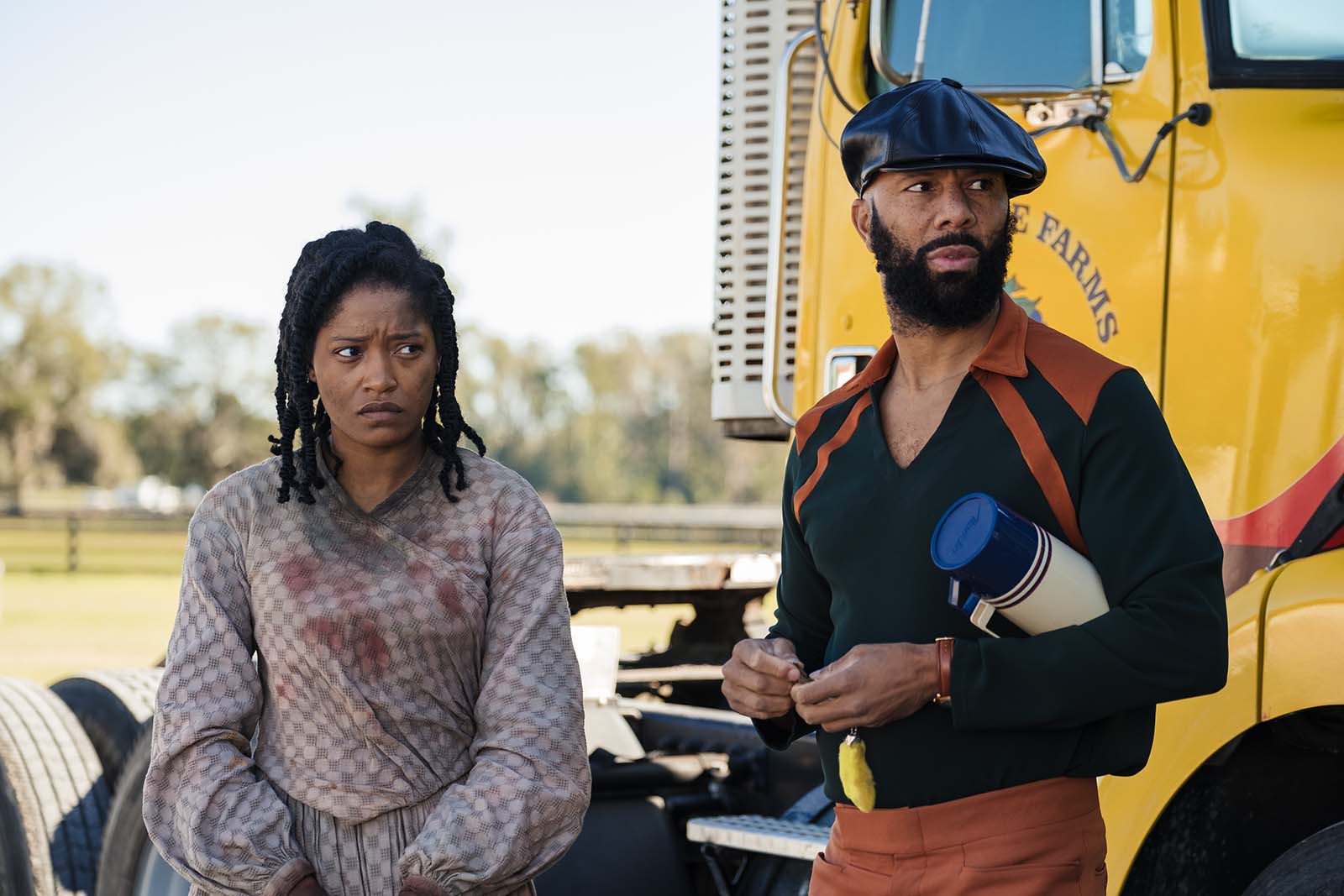
Actor and executive producer Keke Palmer plays Alice, a slave woman who escapes the plantation she and her family have lived and served at for their entire lives, only to find that it’s the year 1973—more than a hundred years after the Emancipation Proclamation.
Executive producer Common plays Frank, a former civil rights activist in the 1960s, who rescues Alice after her escape. Both enthusiastically joined the production, with Common also producing the movie’s soundtrack.
Next came editor Byron Smith, whom Peter had personally known and had been wanting to work with. “Peter called me and wanted me to talk to Krystin,” he says. “I read the script and was blown away. I immediately knew that I wanted to be a part of this, to do a film that’s on the right side of history, and to work with Peter.”

As for his experience with Krystin, he had no sense of her as a first-timer. “She had done her homework and felt like a veteran,” Byron says.
A challenging shoot
There is no such thing as an easy shoot—there are only those that have fewer problems than others.
In the case of Alice there were the expected challenges going in: a first-time director, an indie budget, an ambitious script, and a tight production schedule.
And then COVID happened. “We were literally a week out from traveling the talent to the location in the summer of 2020, and then we had to take a pause and regroup in the fall,” Peter says. That took a bite out of the budget.
When the crew finally was able to start, in October 2020 (before the vaccinations had become available), there were the added costs of keeping the crew safe. “Tests were $100-plus dollars a pop, and we were testing everybody four times a week,” he says.
To the production’s credit, no one on the crew tested positive. But there were also logistical challenges. Byron, for example, had to stay home in Los Angeles while they were shooting in and around Savannah, Georgia.
“I was cutting the film from my garage,” he says. “Peter and Krystin were in Georgia, and I was getting dailies the next day.”
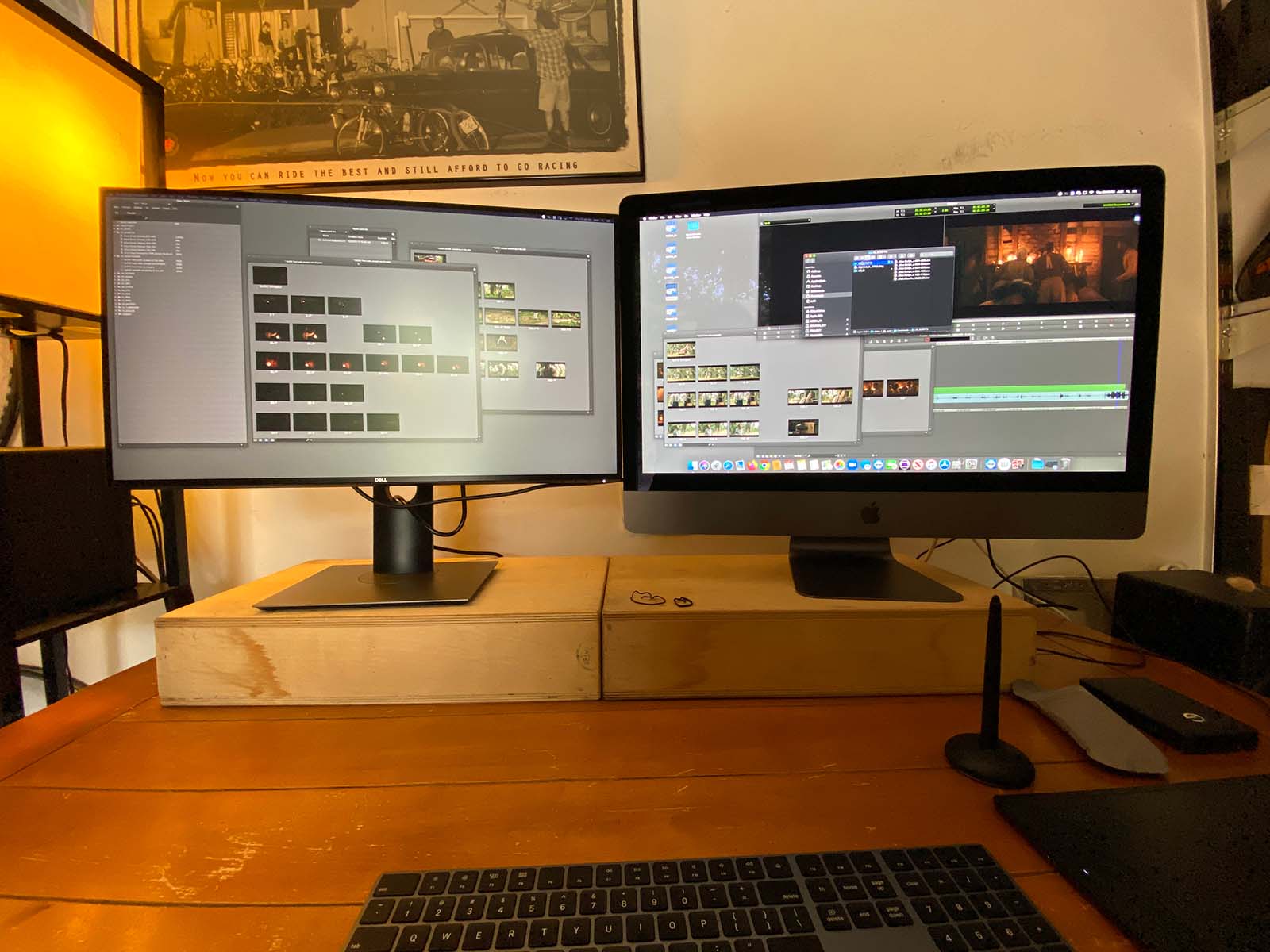
With a brisk shooting schedule by any standards—only 23 days—“There wasn’t a lot of leeway if we were going to get what Krystin had written onto the screen,” Peter says. “But the actors were pros, so we got what we needed even in one, two, or three takes.”
It’s also why they relied heavily on Byron. “We were so blessed and lucky to have him. My daily call to him as he was going through the footage was, like, ‘Are we good? Do we have it?’”
Byron could feel the pressure from the shoot clear across the continent, but praises the team for their ability to muscle through. “The DP [Alex Disenhof], Krystin, and Peter were making such great decisions on the fly, so they would just get enough,” he says. “We really used most of what was shot. There wasn’t a lot left on the cutting room floor.”
An intercontinental workflow
Principal photography wrapped just before Thanksgiving. Krystin returned to Los Angeles, and Peter went home to Australia.
But even though Krystin and Byron were in the same city, union COVID restrictions meant that they couldn’t physically be together. “We were never in the same room,” Byron says. “We did the whole director’s cut remotely.”
Upping the degree of difficulty was the significant visual effects component needed to create the film’s climax, a massive fire. Milan, Italy-based VFX studio 22DOGS took on that task.
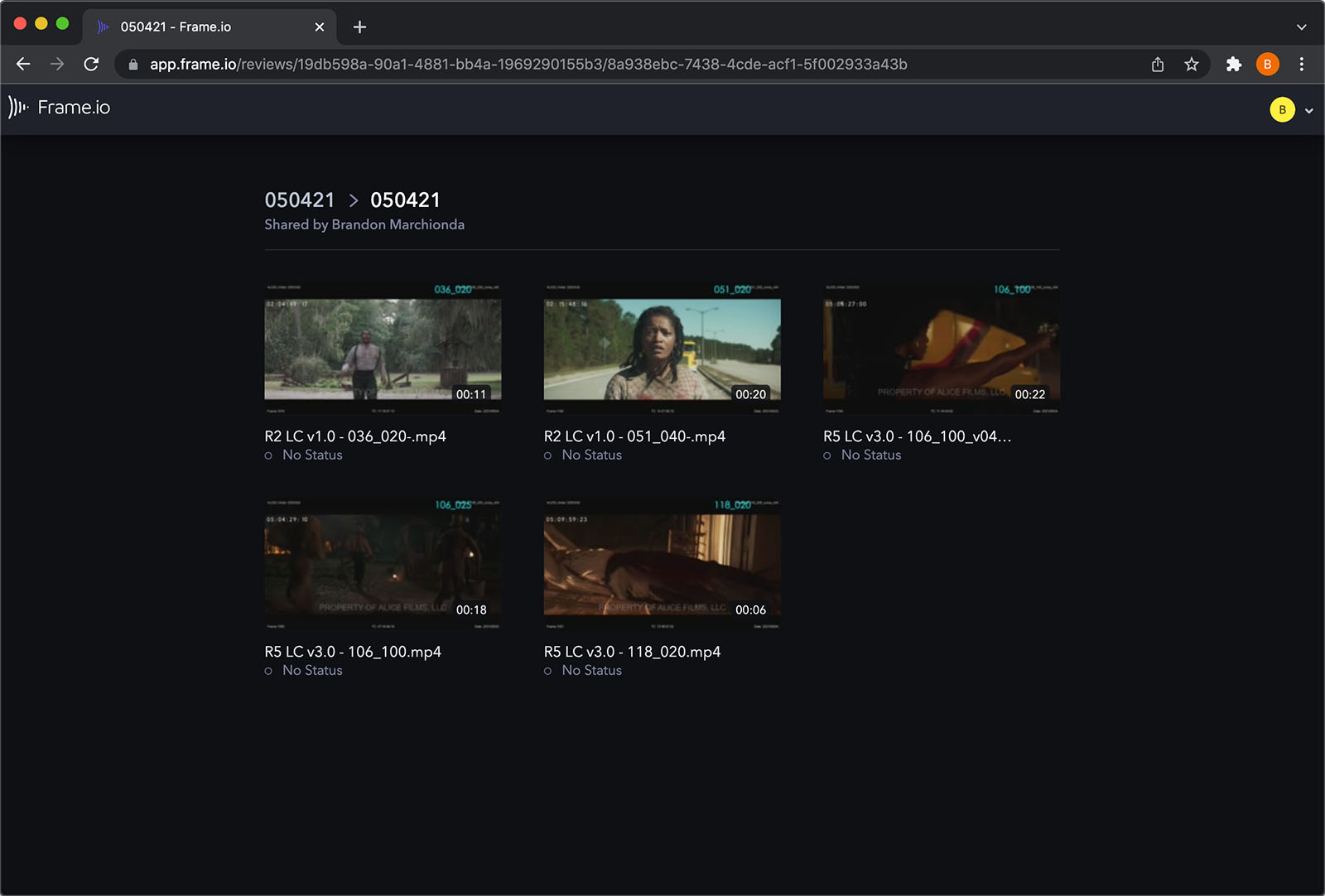
Working across three continents under the best of circumstances can be tricky with the different time zones. Add to that the need to give very specific notes to a VFX team, as well as to exchange assets remotely. It’s why the team at 22DOGS introduced Frame.io to Byron, Peter, and Krystin.
“We had about 200 visual effects shots,” Byron says. “There was a lot of discussion about how much fire to create and where to place it. But with Peter in Australia, we could just get on a Zoom call with him and 22DOGS, and he could pick up the stylus and draw on the video in Frame.io to illustrate exactly what he was talking about.”
“We worked with [VFX producer] Andrea Marotti, who was great. We didn’t have the biggest budget so we had to get very creative,” Peter says. “With our artists and illustrators physically in Italy I think we would have been in big trouble without it.”
Once introduced to Frame.io, the team found it to be an essential part of the post-production process even beyond the VFX. Byron, Peter, and Krystin used it to exchange edits and feedback as they honed the cut, of course. “After we started using it, I wished we would have gotten on it a lot sooner,” Byron says. “It was my first time, and it really smoothed out the collaboration.”
Another of the limitations of COVID was that they were unable to conduct screenings with an audience in attendance. Once again, Frame.io enabled them to create password-protected screeners using Presentation links. According to Peter, it’s not quite as ideal as being in person to “read the room,” but nonetheless served to allow friends and family to safely weigh in under the restrictive circumstances.
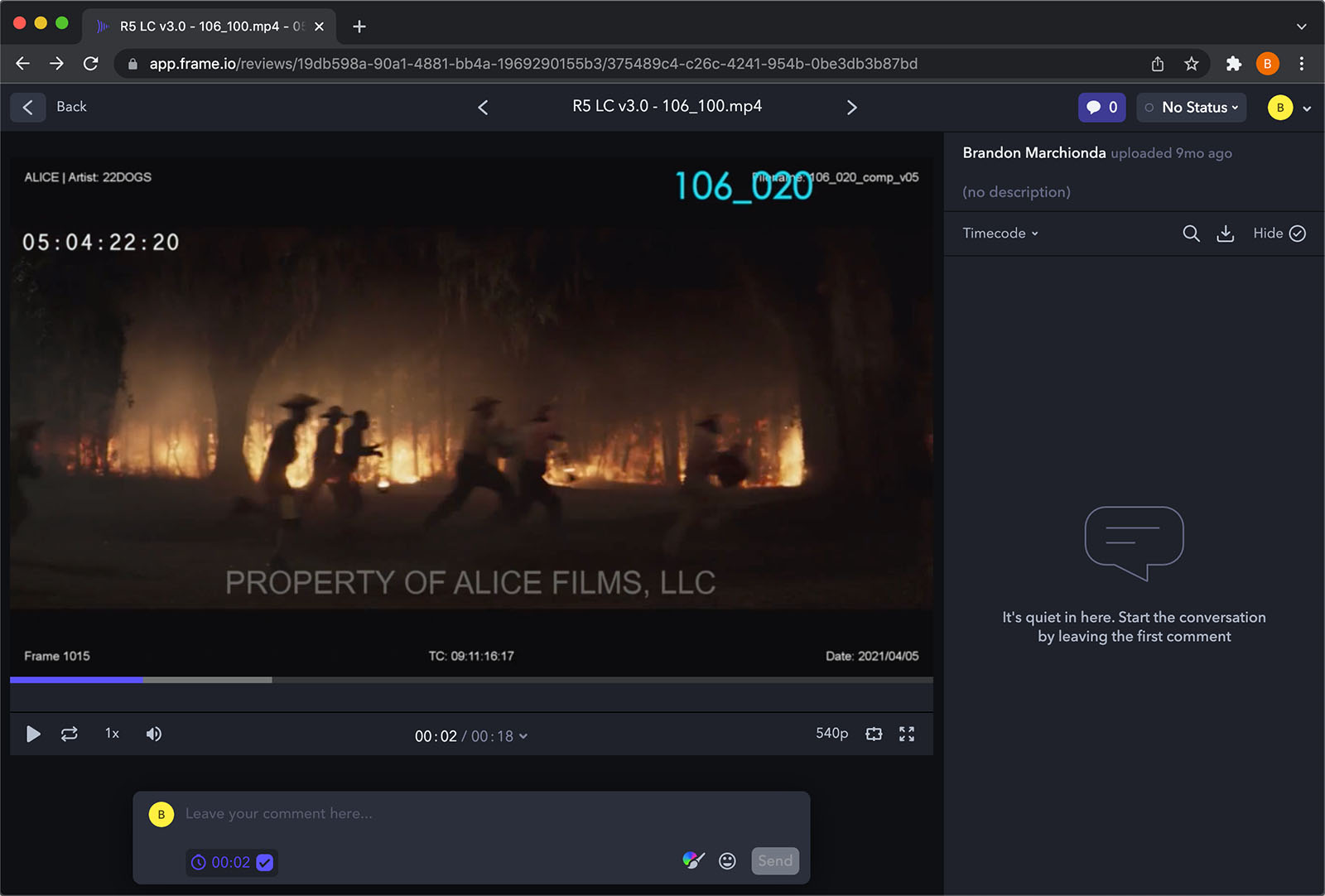
A consistent vision
Despite the unexpected interference of COVID on the production, the one thing that didn’t change was Krystin’s vision, which the dedicated crew did their utmost to achieve.
DP Alex Disenhof shot on ARRI Alexa minis using Cooke anamorphic lenses. The two locations are as different as can be. The plantation is a bleakly desaturated outdoor setting, and candles or lanterns light the nighttime interiors in a darkly ominous way that underscores the malevolence of the slave owner and foreshadows the film’s ending.
In stark contrast, when Alice finds herself in the 1970s, the vibrant colors of the period imbue the film with a sense of energy and liberation. As Peter notes, even the cast felt the difference.
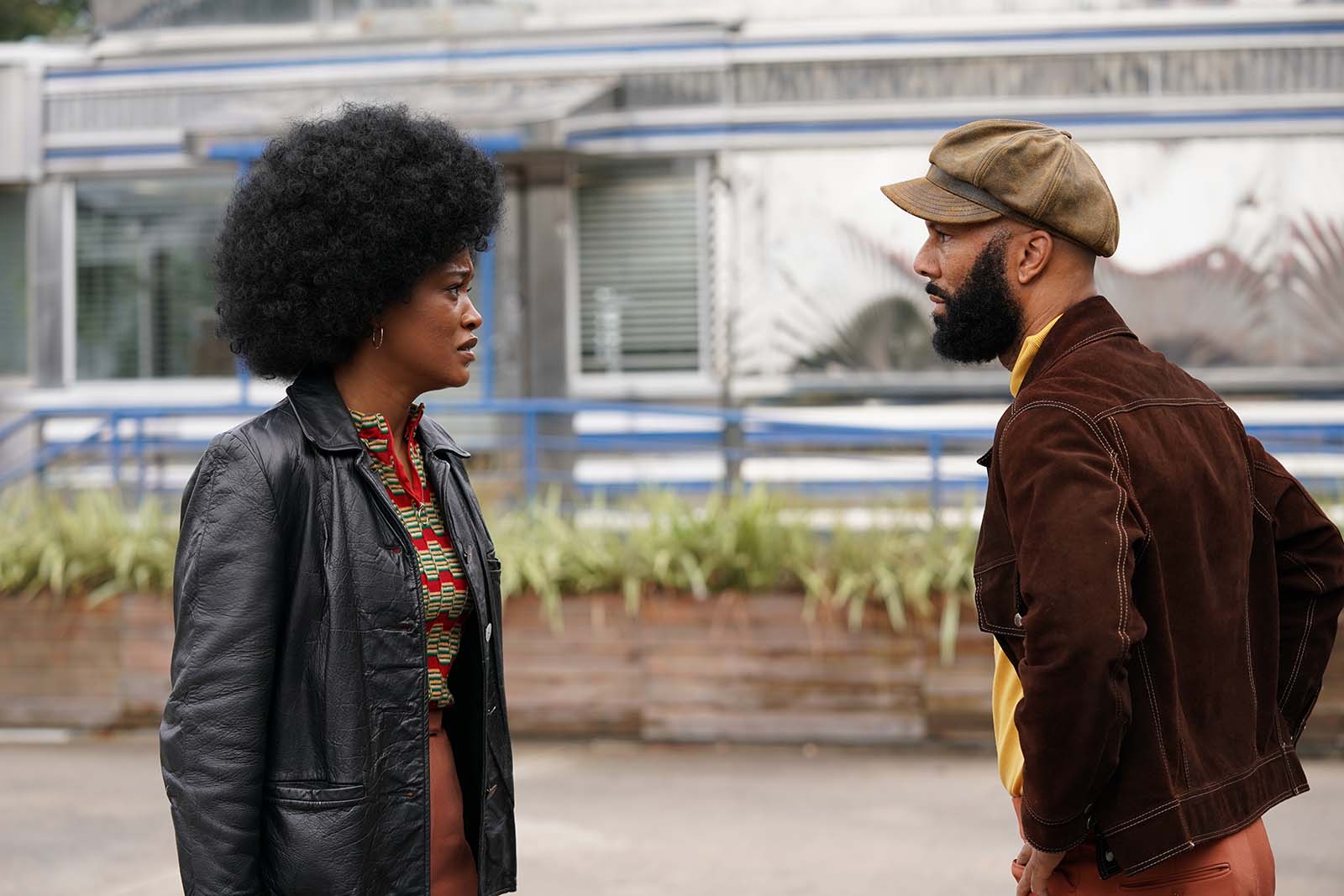
“We shot at the plantation for about two-and-a-half weeks, and we all felt the weight of what we were shooting and the location itself,” he says. “We were all itching to get to the ‘70s, and when we did you could feel them lighten up and see the smiles on everyone’s faces.”
Achieving the look of the final film was the product of Alex’s collaboration with colorist Ian Vertovec at Light Iron. In another intercontinental effort, Alex was working on Amazon’s The Lord of the Rings series in New Zealand while grading was going on in Los Angeles.
Then there was the music. Krystin used iconic 1970s hits to build the atmosphere, leaning into tracks by Diana Ross, Stevie Wonder, and James Brown. According to Peter, both his “great music supervisor” and Common called in some favors, as well. “Some tracks we could afford, and others we couldn’t,” Peter says. “For a lower-budget movie, it sounds pretty incredible.”
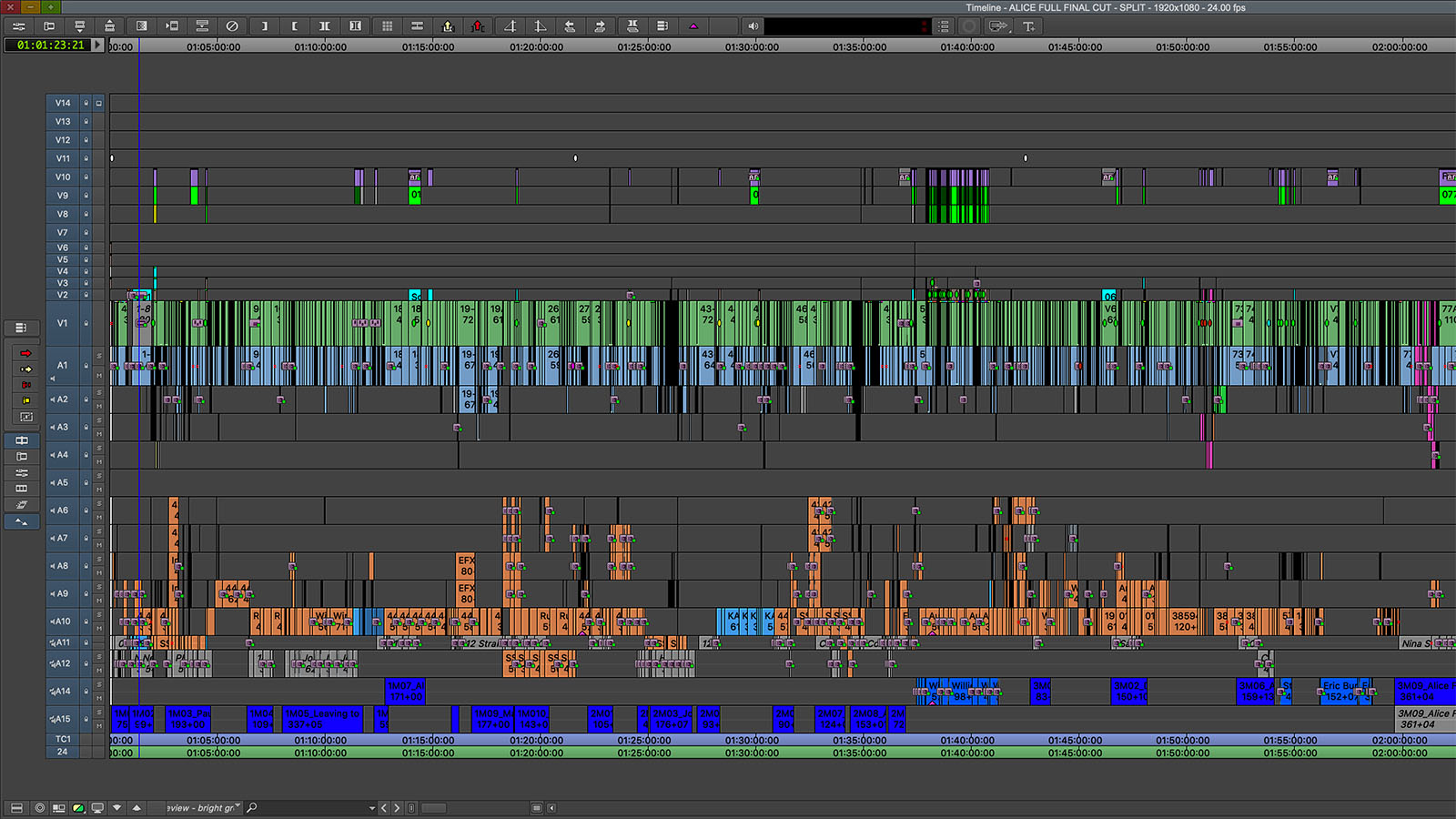
But more than anything, the success of the film lay in Krystin’s connection with the actors. One of the things she cites is advice that Tarantino gave to her: stay by the side of your camera operator. If the cast sees that you’re right there with them, they’ll be far more willing to give you all they’ve got.
Byron, however, found that distance from his director could sometimes work in his favor. “I wanted to get off on the right foot from the beginning,” he says. “So because I was at home, it was easy for me to really settle in and feel like it was coming together. I was able to focus a lot more and put a lot of effort into my early cut.”
When art gets real
Krystin’s inspiration for Alice was a story about a real woman in the 1960s who had been enslaved on a remote plantation and managed to escape.
In Alice, the title character emerges in the 1970s, after the height of the Civil Rights movement which, while bringing the need for change to the forefront of American consciousness, still failed to bring about lasting change.
That’s perhaps where we see the parallels between the movie and current events most clearly.
“Shooting in October and November of 2020 meant that we were in the deep South in the midst of a very contentious presidential election,” Peter says.
With Georgia at the epicenter of voter suppression in 2020 and 2021, Alice is important in terms of keeping the conversation around civil rights going. But it also carries the message that the power of an individual—in this case a Black woman—can use her voice and actions to bring people together to fight racial injustice.
In the way that the character of Alice fulfills that role, Krystin does the same in her way. At a time when diversity in Hollywood is much discussed (particularly around awards season), Krystin used her power to create a film that shows us, the audience, that only through a concerted and collective effort can we achieve racial equity.
Which brings us back to the idea that collaborating is the way to ensure a successful production.
We felt, while we were making the movie, that there are a lot of themes and issues that still resonate today.
Even with the physical separation between Krystin, Peter, and Byron, they acknowledge that Frame.io helped keep them connected. “Alice was my first time editing a project from beginning to end in this new working-from-home world,” Byron says. “I realize the tools are there now and I’m already using Frame.io to complete another project.”
When the team talks about the most gratifying aspect of working on Alice, they talk about the importance of telling this story. “We felt, while we were making the movie, that there are a lot of themes and issues that still resonate today,” Peter says. “For me, it’s a treat and an honor to discover new voices in filmmaking, and Krystin is one of those individuals. We had an amazing cast and the crew was fantastic, and to be able to pull it off in the middle of a pandemic is crazy.”
And for whatever part we can play in enabling important stories, we feel gratified.

